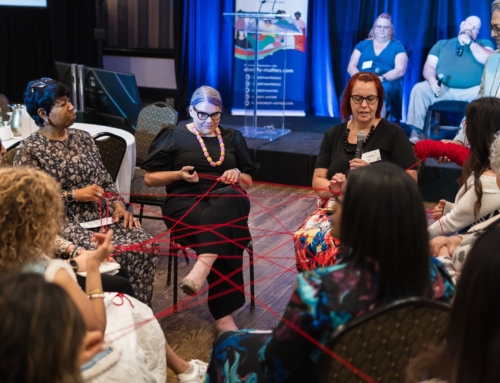How to Start Planning a Virtual Event
Virtual events are on the rise and when you work with experienced professionals, they can actually be quite easy to implement. So what are virtual events and how can you implement them into your event strategy? Here’s what you need to know…
What are virtual events?
They are online events that take place in a virtual environment on the internet. They offer attendees an opportunity to interact and experience your event content from remote locations beyond the physical event venue. Virtual events have the potential to reach wide, global audiences and often provide valuable statistics and reporting for your post event analysis.
Where do we begin?
Now without getting too technical, there are a few different formats that need to be considered for virtual events and here’s what you need to think about to select the right one for you.
- Do you understand your budget? You must know your budget so you can evaluate the associated costs for delivery
- Will there be an admission fee to access your event? (If you need help with this, check out our blog post, here).
- What features are considered absolutely necessary?
- Audience interaction and networking
- Speaker presentations
- Multi rooms and concurrent sessions
- Multi-day event
- Sponsor engagement
- Need to maintain exhibitor participation
- Basic branding opportunities
- You get the idea…
- Are there any additional features, which would be nice to have?
- Gamification
- Advanced branding features
- Social media integration
- And anything else you can think of…
Answering these questions will help narrow your search for the most suitable platform. However, before you start researching platforms for delivery, it’s important to understand the different components and formats that make up virtual events, in general.
What formats do we need to understand?
Let’s talk about live streaming. What is it and how does it affect our event?
Live streaming is the art of broadcasting content across the internet. There are many ways you can do this with video conferencing tools like Zoom, which can be broadcast live via social media networks for example. Alternatively, you can film individuals or simply stream pre-recorded content live. It’s important to think about what format will be most suitable for your event. Do you plan to deliver everything live from remote locations or do you need to hire a camera operator to film a couple of speakers in an empty studio or venue. Perhaps you would like the speakers to record them selves and submit separate segments (as long as they have a good webcam). Think through all the scenarios for your participants and plan for the most suitable course of action.
The great thing about virtual events is the possibility of incorporating videos on-demand. By arranging the recording of your content or presentations, you can make sessions available for download, after they have been streamed live. Similar to an on-demand service with a pay per view model, videos can be downloaded for later viewing or at a time deemed convenient by the end user. You may need to hire a video editor to create a look and feel that is consistent with your event branding. This feature presents the opportunity to widen your audience and extend the life of content you have to share.
Podcasting involves recording audio, and streaming online or for download. Usually podcasts are available as part of a series or subscription process but can be great if incorporated into a live virtual event. On the other hand, webinars, are cost effective video presentations that are very popular for basic speaker presentations and small online meetings.
Once you understand the different formats for delivery, you can start planning your virtual event and exploring the most suitable platforms. ZOOM, GoToMeeting and ON24 are just some of the platforms out there that can help deliver basic webinars but if you are seeking more immersive experiences, with virtual booths and gamification features, you may want to consider a more full scope virtual platform like Intrado.
What about virtual fundraising?
Yes! Virtual fundraising works! Check out one of our recent virtual fundraising gala, here. This was a hugely successful event.
Make the most of this new event format and adapt your fundraising strategy accordingly. There are numerous platforms that support the delivery of online auctions and pledges with access via web and mobile for added convenience. There is also the possibility of keeping your sponsors engaged with digital ads (graphic and visual), presenting opportunities, logo presence on graphic overlays and if you are using a full scale virtual environment, you can incorporate virtual booths to enhance their presence. Furthermore, many of these platforms will provide valuable statistics and reporting to measure overall engagement. This is gold dust for your sponsors!
Other fundraising activities for virtual events might include a telethon style concept, with a phone number displayed on the screen (provided you have the capacity and resources to manage this) or consider a simple online donation form with prize draws.
Remember, it’s important to adapt your overall strategy to suit a virtual experience, which is very different to an in-person experience. Embrace the opportunity to reach a wide audience and get creative with the content and delivery of your virtual event.
**Due to COVID-19, many organisers may not have budgeted for virtual event services. We have established excellent relationships with reliable tech partners and can offer emergency rates to help save your event. Contact us to learn more.**
Was this post helpful? If you are considering hosting a virtual event, send us an email. Let’s explore the options together.






